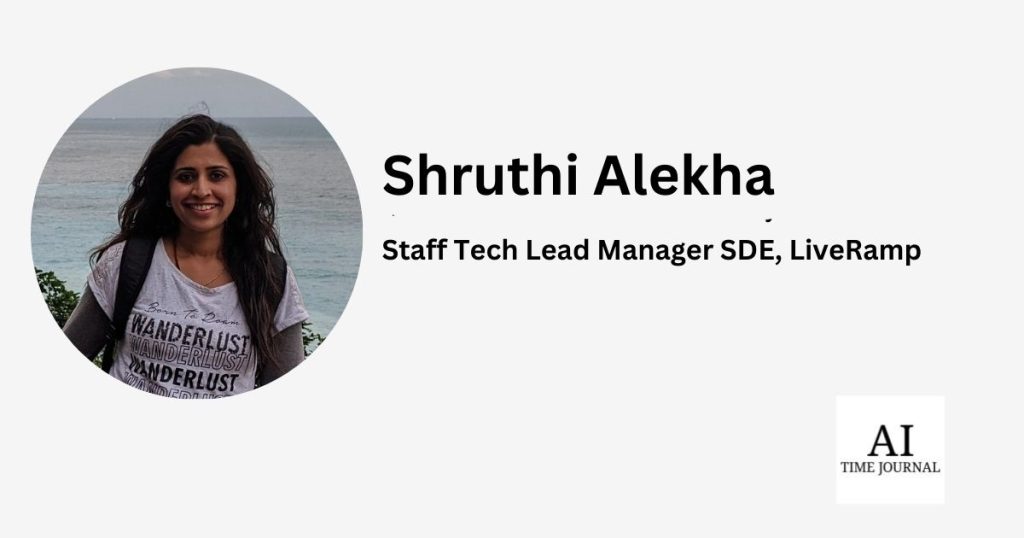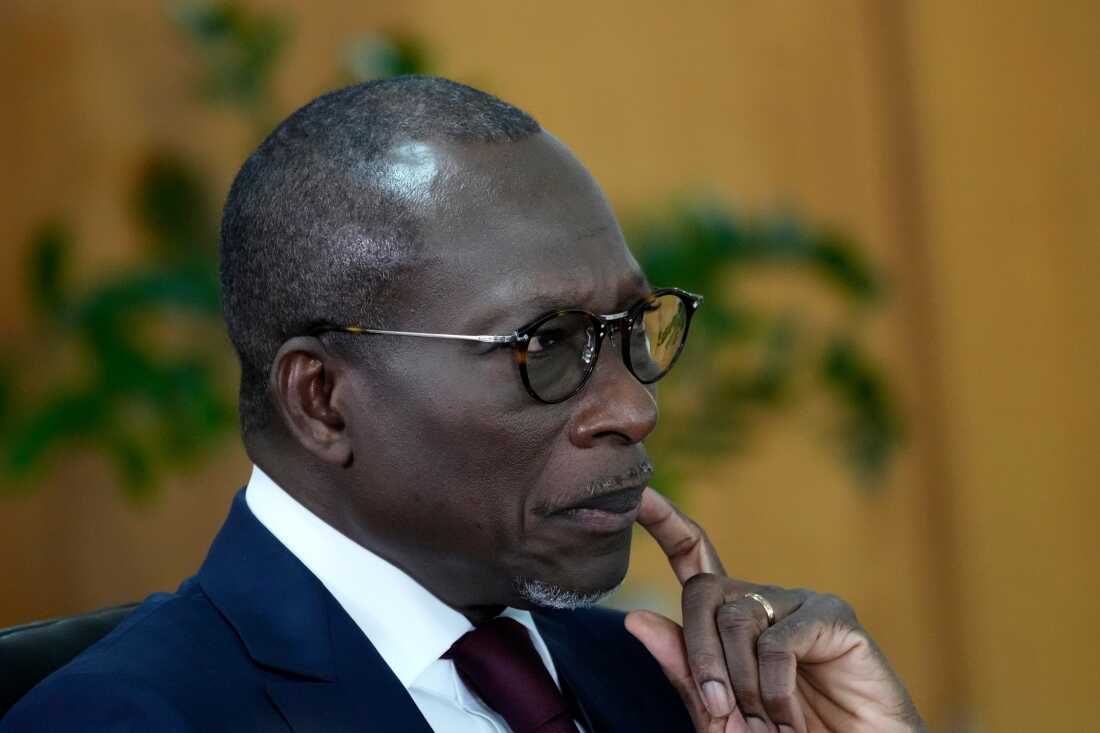
How Superior Know-how Is Reworking Energy Forecasting and Decreasing Operational Prices
The transformation of vitality markets isn’t simply occurring – it’s accelerating at breakneck pace as sensible algorithms rewrite the rulebook on how utilities function. Based on a research performed by researchers from Cornell College, using AI for electrical energy worth forecasting with deep convolutional neural networks has achieved a median absolute proportion error of about 5.5%, demonstrating the excessive accuracy of those fashions.
As a Senior Software program Architect with over 16 years of expertise designing cloud-native functions, Shruthi Alekha has devoted important parts of her profession to creating scalable knowledge infrastructures and algorithms that type the inspiration of AI-driven choice instruments used at present. Her progressive method to predictive analytics has enhanced market effectivity and positioned her as a number one voice in integrating AI inside crucial infrastructure programs.
From Oncology Algorithms to Vitality Market Innovation
Shruthi’s skilled evolution into the realm of predictive analytics took an sudden path by means of medical know-how. After incomes her Bachelor’s diploma in Pc Science with distinction in India, she lower her tooth at Siemens Healthcare in 2007, creating specialised software program for tumor therapy in oncology departments.
“My first role at Siemens gave me invaluable experience creating mission-critical applications,” Shruthi explains. “Working on software that would be used in Heidelberg University Hospital taught me the importance of precision and reliability in everything I build.”
This basis in healthcare software program improvement, mixed with a Grasp’s diploma in Pc Science from Boston College, laid the groundwork for her later improvements. At Boston College, Shruthi created a Java-based interactive visualization software for virus protein sequences, incomes her the Utilized Science Award in 2012.
“The peptide visualization project was incredibly technical,” Shruthi explains, leaning ahead. “We were taking protein sequences from viruses – basically long strings of amino acids—and creating a visual interface that allowed immunologists to identify patterns. The real challenge was the sheer volume of data. Each virus has thousands of proteins, and each protein can have hundreds of amino acids.”
Her answer employed Hadoop – a framework that splits heavy computational duties throughout a number of computer systems. This method lower evaluation time from weeks to minutes, considerably accelerating vaccine analysis timelines. This sensible expertise with distributed computing later proved invaluable when tackling vitality market predictions, the place processing pace instantly impacts buying and selling selections and income.
Revolutionizing Energy Markets with Superior Information Analytics and Actual-Time Information Infrastructure
The precise breakthrough in Shruthi’s profession occurred throughout her seven-year stint at Genscape (now a part of Wooden Mackenzie) from 2013 to 2020, a number one world supplier of real-time knowledge and analytics for commodity and vitality markets. This era predated widespread AI adoption within the vitality sector, however her pioneering work with large knowledge analytics and superior statistical modeling laid essential groundwork for what would later evolve into AI-powered functions within the trade. As an Architect there, she spearheaded the creation of a revenue-generating predictive analytics engine that essentially modified energy market pricing by means of superior machine studying strategies and stay knowledge inputs.
Working instantly with the Director and main a various workforce that spans improvement, high quality assurance, and DevOps, Shruthi designed a system that considerably improved vitality merchants’ decision-making. Her structure utilized Azure Kubernetes and SignalR for real-time knowledge streaming, mixed with subtle interpolation algorithms for processing massive datasets.
“The predictive analytics engine we developed at Genscape was the highest revenue generator at that time” Shruthi notes with delight. “This wasn’t just a technical achievement—it directly contributed to revenue growth by establishing Genscape as a trusted market analytics provider.”
The influence of this work prolonged far past the corporate itself. State energy authorities, together with California’s Vitality Fee, relied on these instruments to investigate and predict energy costs, enabling extra environment friendly grid administration and useful resource allocation throughout peak demand durations.
Alongside the predictive analytics engine, Shruthi designed ML-powered picture processing instruments for a very totally different problem: monitoring oil, gasoline, and energy pipelines. This mission harnessed laptop imaginative and prescient to investigate 1000’s of satellite tv for pc and drone photos of infrastructure, robotically detecting potential leaks, structural points, or unauthorized entry.
“Our image recognition system could identify subtle changes in vegetation patterns around pipelines that often indicate underground leaks,” she explains. “It could also detect structural anomalies in power transmission systems by comparing current images against historical baselines.”
Cloud Transformation and Operational Excellence
First, she led the API Modernization mission, transitioning legacy SOAP providers to RESTful APIs. This architectural shift diminished response occasions by 50% and enabled extra environment friendly knowledge processing, releasing the corporate from cumbersome legacy protocols.
Second, Shruthi championed the Cloud Migration to Azure initiative. This strategic transfer eradicated the challenges of managing handbook deployments and catastrophe restoration by means of on-premises programs by implementing CI/CD pipelines.
The migration leveraged Azure’s native providers, together with Redis, Azure SQL, and Azure Capabilities. She additionally built-in Auth0 to allow company-wide single sign-on throughout a number of functions.
Her methodology for managing these transitions went past technical specs and diagrams. “Moving to the cloud wasn’t just about switching servers,” Shruthi remembers between sips of espresso. “We had to convince people who’d been doing things one way for years that short-term headaches would pay off down the road. Some days felt like being both an engineer and a therapist.”
Her management qualities throughout this era earned her the Diligence Award at Genscape in 2018, recognizing her distinctive dedication to excellence and innovation. Extra lately, Shruthi beat out dozens of senior tech executives to win the BrainTech Award’s “Tech Leader of the Year 2024” – a testomony to her rising affect within the trade’s AI implementation area.
Constructing Groups Throughout Borders
One among Shruthi’s most vital achievements at Genscape was creating structured mentorship applications and profession improvement frameworks, contributing to a powerful 90% workforce retention fee. Managing distributed groups throughout a number of time zones, she ensured clean communication and efficient collaboration.
“Technical problems can be fixed with the right code, but getting people from different continents to work as one unit? That’s a whole other ball game,” Shruthi explains. “I focused on ensuring engineers understood their value and saw how their individual contributions fit into our bigger goals.”
Her method to management fostered a tradition of innovation and high quality, guiding groups to fulfill formidable targets whereas sustaining excessive morale constantly. Colleagues steadily praised her potential to bridge technical complexity with clear enterprise aims, making her a valued companion to engineering groups and senior administration.
Redefining Safe Information Collaboration
Shruthi’s present technical focus at LiveRamp facilities on creating scalable knowledge clear rooms – safe environments the place organizations can analyze mixed datasets with out exposing underlying uncooked knowledge. Her most vital innovation has been remodeling these environments from interface-dependent programs to totally programmable platforms.
The API Framework she engineered solved a basic limitation in knowledge collaboration know-how. “While User Interfaces are useful, they can be restrictive when dealing with complex or large-scale workflows, especially for businesses that need to automate tasks or integrate the Clean Room functionality into their existing systems,” Shruthi explains. “By building a comprehensive API layer with proper security controls, we enabled organizations to build automated workflows that align with their specific privacy requirements.”
Her experience was additionally instrumental in creating cross-cloud export capabilities that reworked how organizations make the most of clear room insights. Engineering safe knowledge pathways throughout totally different cloud suppliers enabled seamless integration between protected knowledge environments and exterior programs. This innovation allowed organizations to include safe analytics instantly into their present knowledge ecosystems, together with enterprise intelligence dashboards, knowledge warehouses, and decision-making frameworks.
Seeking to the Future
At the moment, Shruthi holds Senior Member standing with the IEEE, a recognition that displays her years of technical expertise and contributions throughout a number of areas of utilized engineering. This designation is usually given to professionals with established information of influence of their area and energetic involvement in advancing know-how.
She has additionally been invited to function a jury member for the Globee Awards in Know-how—a world program that acknowledges innovation and achievement throughout the tech trade. This function, alongside her peer-review work for the EIS 3.0 Worldwide Convention on AI & Sustainable Options at BML Munjal College, displays how her skilled judgment is valued by world establishments.
Her long-term profession goal is to broaden her affect on strategic architectural selections within the fields of information analytics and AI integration inside large-scale enterprise platforms, in search of to enhance data-driven insights inside strict privateness protocols. “I want to keep pushing the boundaries of what’s possible with AI integration in enterprise systems,” she says. “There’s still so much untapped potential, particularly in predictive analytics and secure data collaboration.”




